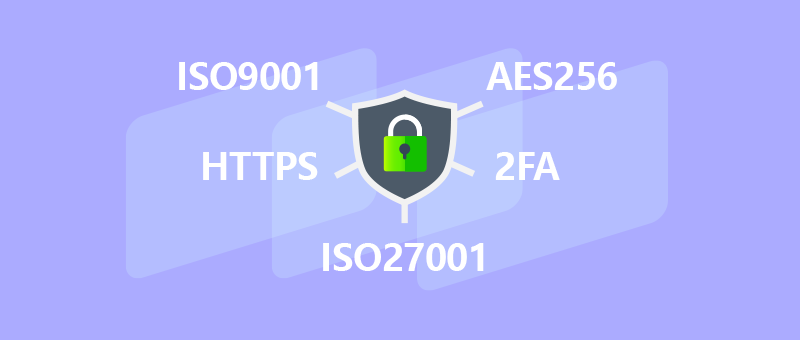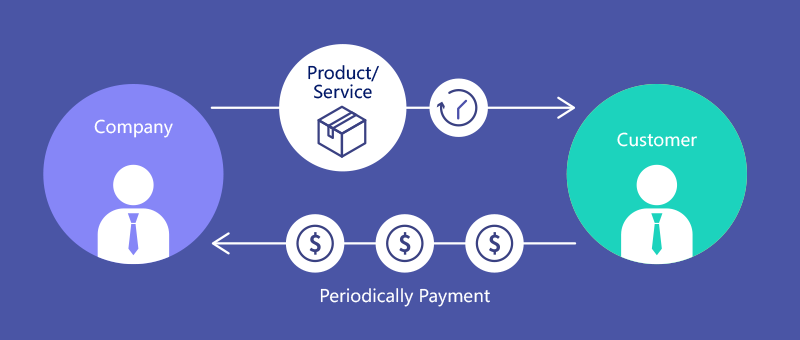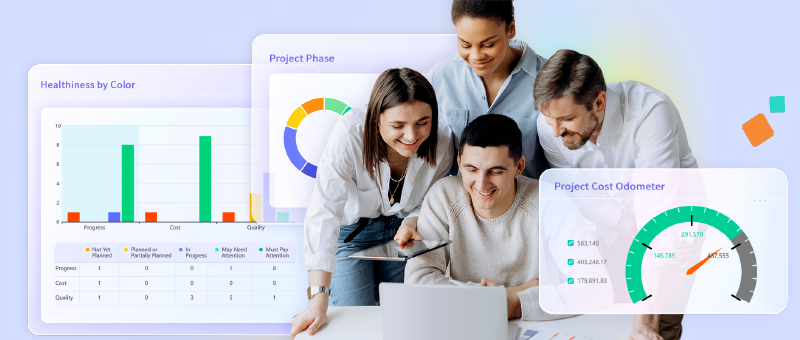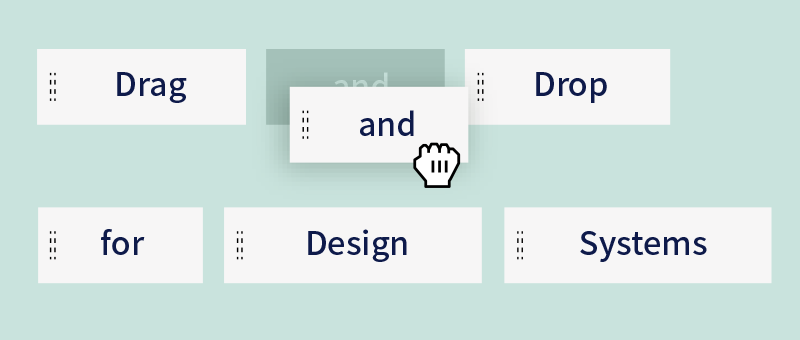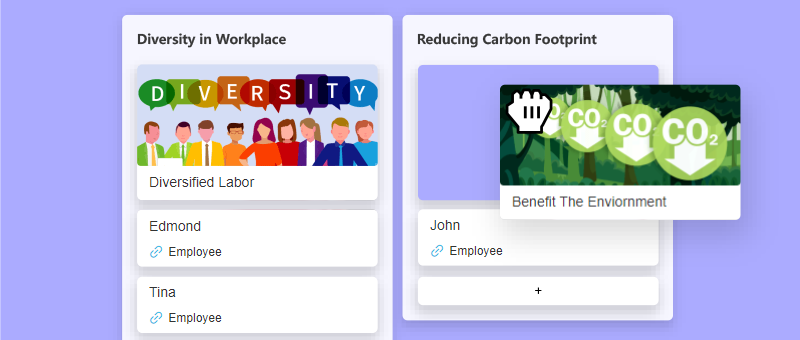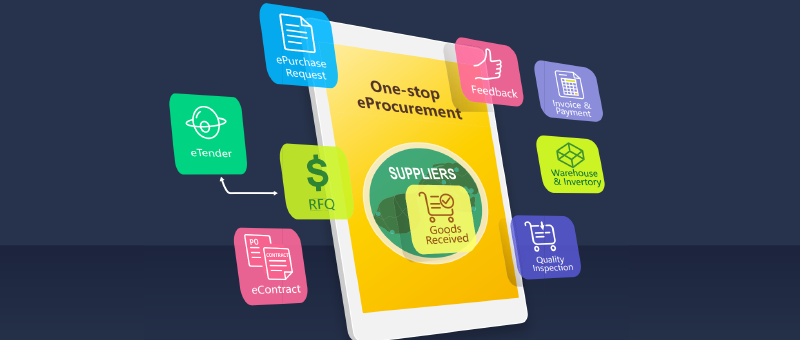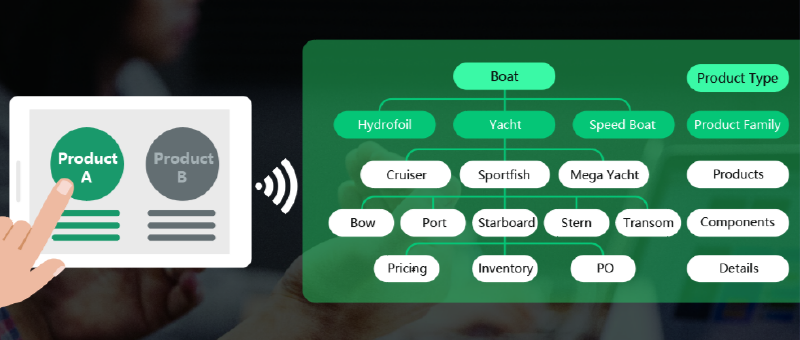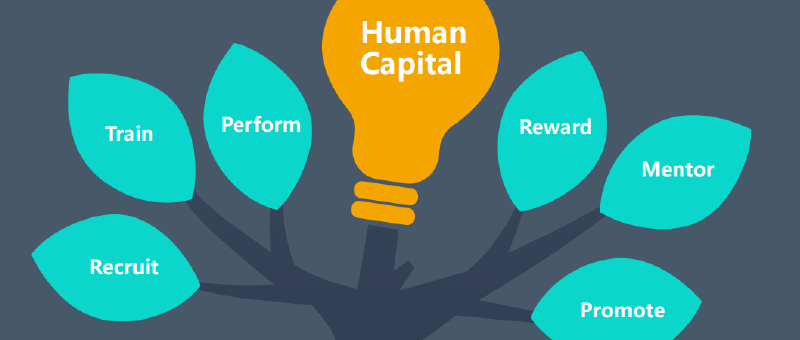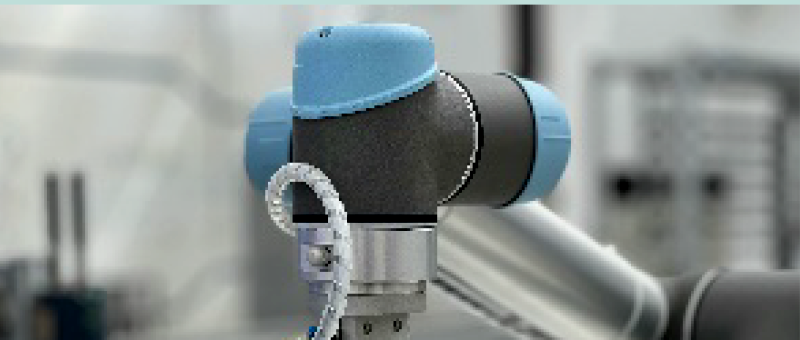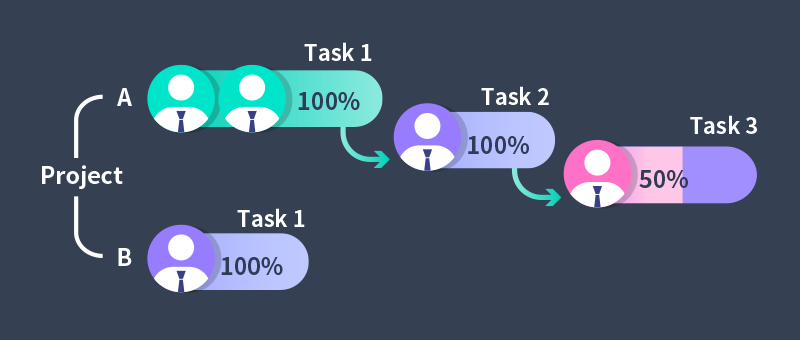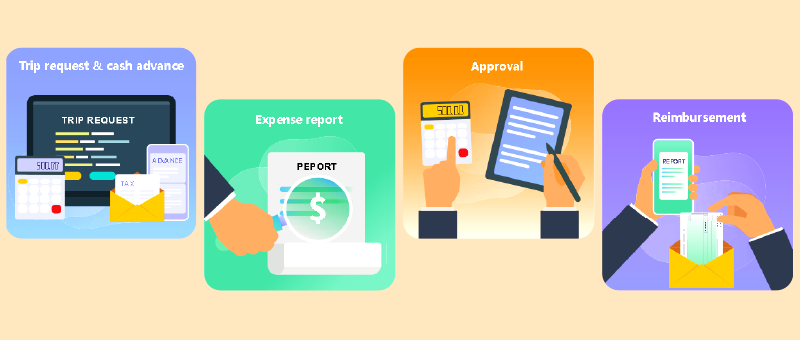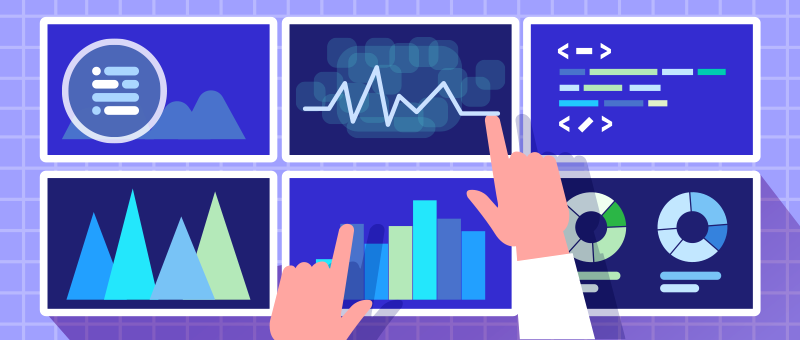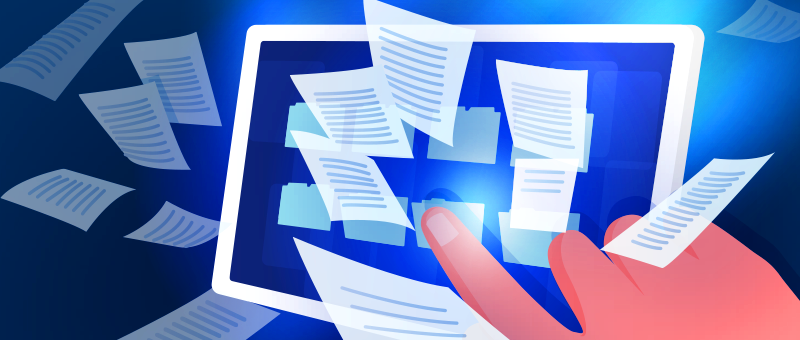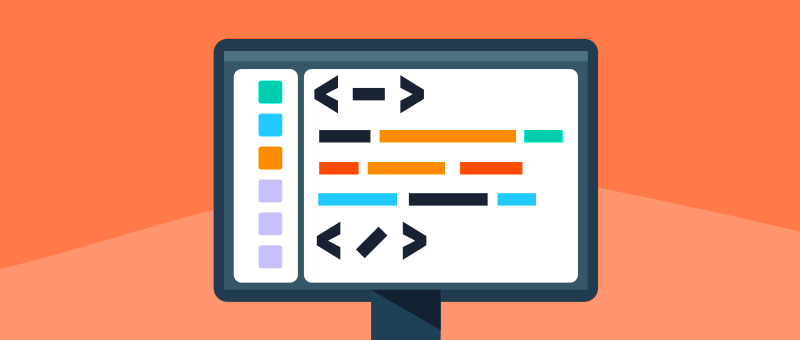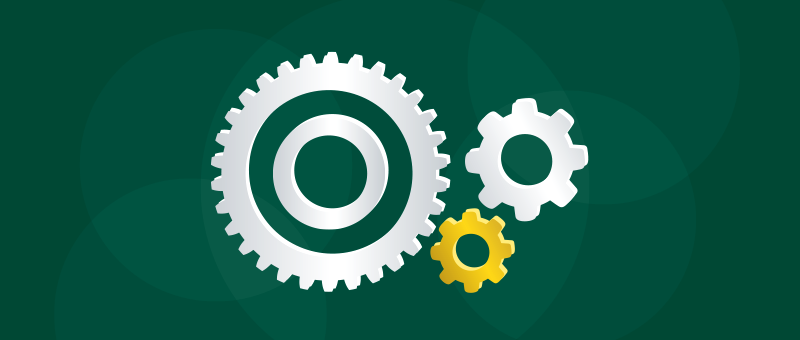How the Integration of E-Procurement Systems Improves Business Efficiency
2024-09-30
In today’s digital age, the integration of enterprise information systems has become a key indicator of organizational effectiveness. The integration of E- procurement systems specifically refers to the ability of these systems to communicate and share data with other enterprise systems, such as ERP ( Enterprise Resource Planning ) and SCM ( Supply Chain Management ). A well-integrated E- procurement system seamlessly connects with various business platforms, thereby improving the efficiency and accuracy of overall business processes.
Key Aspects of Integration
1.Data Sharing:
An E-procurement system can share data with other systems, reducing redundant data entry and eliminating information silos. This ensures data consistency and accuracy across the enterprise.
2.Process Integration:
Through system integration, the procurement process can be streamlined with other business processes, such as inventory and financial management, enabling end-to-end automation. This enhances the coherence and efficiency of the workflows.
3.Real-Time Synchronization:
Systems can synchronize data in real-time, ensuring that the data remains consistent across all platforms, preventing errors caused by outdated or mismatched information.
4.Rich Interfaces:
E-procurement systems typically provide a variety of API interfaces, making it easy to integrate with other systems, which enhances flexibility and scalability.
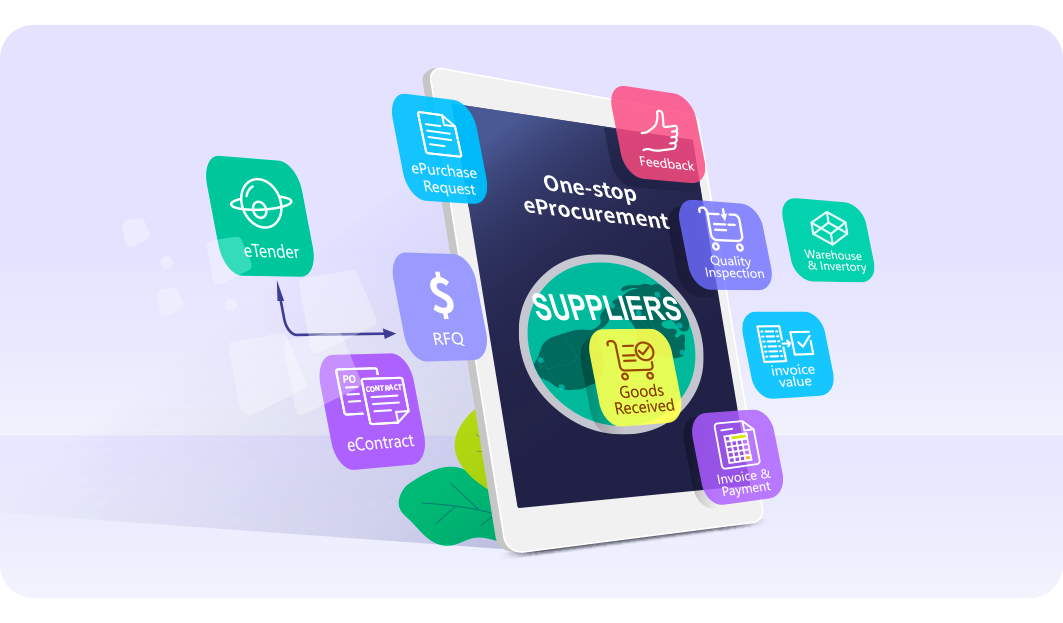
Advantages of Integration
1.Increased Efficiency:
System integration reduces manual operations and data entry errors, speeding up business processes and enabling quicker responses to market changes.
2.Cost Reduction:
By eliminating duplicate tasks and reducing resource waste, integration lowers operational costs and improves resource utilization.
3.Enhanced Decision Support:
Data sharing and analysis provide management with comprehensive and accurate information, enabling more informed strategic decisions.
4.Improved User Experience:
After integration, users can perform multiple tasks on a single platform, simplifying workflows and improving both user satisfaction and productivity.
Implementation Methods of Integration
1.API Interfaces:
Through open APIs, E- procurement systems can exchange data and perform functions with other systems, ensuring interoperability between platforms.
2.Middleware:
Middleware technology is used to convert and transfer data between systems, ensuring compatibility and stability while reducing integration risks.
3.Data Warehousing:
Establishing a unified data warehouse facilitates data integration and sharing across various systems, providing the business with a comprehensive data view.
4.Business Process Management (BPM):
BPM tools enable the design and automated execution of business processes that span multiple systems, increasing flexibility and control over business operations.
8Manage has demonstrated outstanding expertise and forward-looking vision in providing SRM solutions. With a customer-centric approach and commitment to technological innovation, 8Manage is committed to creating a smarter, more efficient, and more secure ecosystem, and has strong system integration capabilities, paving the way for a new chapter in digital commerce.
Success Stories
1.SAP and 8Manage E-Procurement System Integration: Many companies use SAP as their ERP system and integrate it with 8Manage E-procurement systems to achieve full automation and data sharing in procurement processes, significantly boosting operational efficiency.
2.Oracle and 8Manage E-Procurement System Integration: Oracle’s E-Business Suite integrates with 8Manage E-procurement systems to improve procurement efficiency and financial management accuracy, delivering notable benefits to businesses.



Digital Project Risk Management Software Solution
How to Control Costs Using an E-Procurement System


